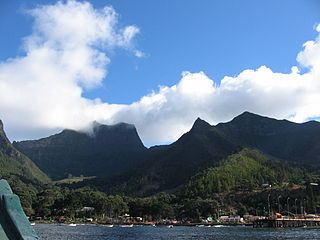
The Juan Fernández Islands are a sparsely inhabited series of islands in the South Pacific Ocean reliant on tourism and fishing. Situated 670 km off the coast of Chile, they are composed of three main volcanic islands: Robinson Crusoe, Alejandro Selkirk and Santa Clara. The group is part of Insular Chile.
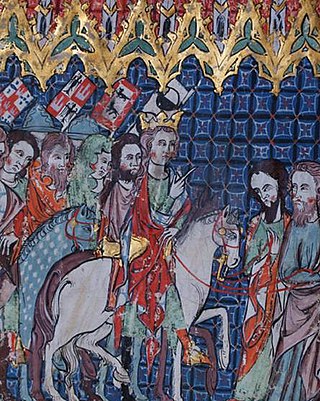
Alfonso XI, called the Avenger, was King of Castile and León. He was the son of Ferdinand IV of Castile and his wife Constance of Portugal. Upon his father's death in 1312, several disputes ensued over who would hold regency, which were resolved in 1313.
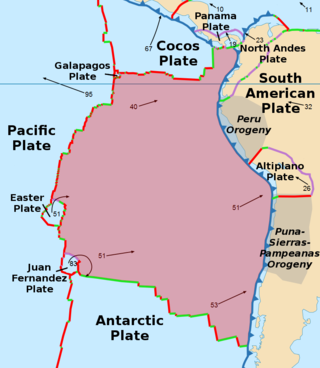
The Nazca Plate or Nasca Plate, named after the Nazca region of southern Peru, is an oceanic tectonic plate in the eastern Pacific Ocean basin off the west coast of South America. The ongoing subduction, along the Peru–Chile Trench, of the Nazca Plate under the South American Plate is largely responsible for the Andean orogeny. The Nazca Plate is bounded on the west by the Pacific Plate and to the south by the Antarctic Plate through the East Pacific Rise and the Chile Rise respectively. The movement of the Nazca Plate over several hotspots has created some volcanic islands as well as east–west running seamount chains that subduct under South America. Nazca is a relatively young plate both in terms of the age of its rocks and its existence as an independent plate having been formed from the break-up of the Farallon Plate about 23 million years ago. The oldest rocks of the plate are about 50 million years old.

The Juan Fernández fur seal is the second smallest of the fur seals, second only to the Galápagos fur seal. They are found only on the Pacific Coast of South America, more specifically on the Juan Fernández Islands and the Desventuradas Islands. There is still much that is unknown about this species. Scientists still do not know the average life span of this species, or the diet and behavior of males apart from the breeding season.

The Archdiocese of Toledo is a Latin Church archdiocese of the Catholic Church located in Spain. They are also the Primates of Spain. It was, according to tradition established in the 1st century by James the Great and was elevated to an archdiocese in 313 after the Edict of Milan. The incumbent Metropolitan Archbishop also bears the title Primate of Spain and since 1937 the title General Vicar of the Armies

The Spain men's national basketball team represents Spain in international basketball competitions. They are managed by the Spanish Basketball Federation, the governing body for basketball in Spain. Spain is the current European champion.
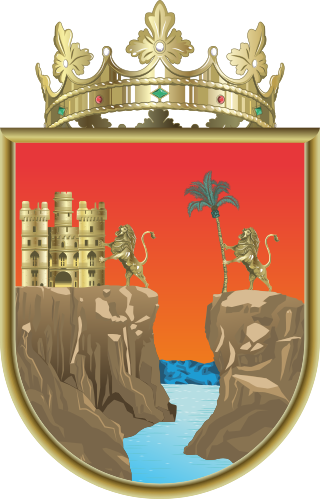
The governor of Chiapas is the chief executive of the Mexican state of Chiapas. The state constitution stipulates a term of 6 years, to which governors can only be elected once. It also specifies the qualifications for becoming governor: a Mexican citizen by birth, aged at least 30 years old, and having not less than 5 years residency in Chiapas. The current governor is Rutilio Escandón from the MRN, who assumed the position in 2018.

Per Olof Christopher Aurivillius was a Swedish entomologist.
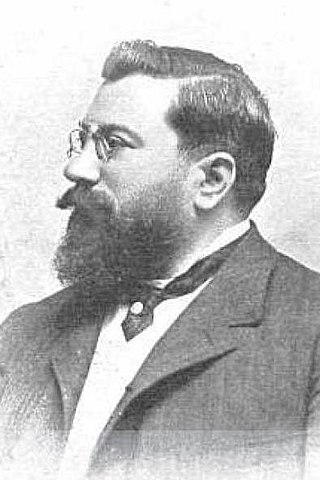
Juan Vázquez de Mella y Fanjul (1861–1928) was a Spanish politician and a political theorist. He is counted among the greatest Traditionalist thinkers, at times considered the finest author of Spanish Traditionalism of all time. A politician active within Carlism, he served as a longtime Cortes deputy and one of the party leaders. He championed an own political strategy, known as Mellismo, which led to secession and formation of a separate grouping.
Juan Fernández de Velasco, 5th Duke of Frías was a Spanish nobleman and diplomat.

Juania australis, the Chonta palm, is a species of flowering plant in the family Arecaceae, the only species in the genus Juania. It is a solitary trunked palm tree which is endemic to the Juan Fernández Islands archipelago in the southeast Pacific Ocean west of Chile.

The Juan Fernandez Plate is a small tectonic plate (microplate) in the Pacific Ocean. With a surface area of approximately 105 km2, the microplate is located between 32° and 35°S and 109° and 112°W. The plate is located at a triple junction between the Antarctic Plate, the Nazca Plate, and the Pacific Plate. Approximately 2,000 km to the west of South America, it is, on average, 3,000 meters deep with its shallowest point coming to approximately 1,600 meters, and its deepest point reaching 4,400 meters.
Top 100 México was a record chart which accounted for sixty percent of the albums sold in Mexico. The chart had the support of major record distributors in Mexico and was issued by the Asociación Mexicana de Productores de Fonogramas y Videogramas on a weekly basis from 2005 until July 9, 2020, when the chart was discontinued. The Top 100 México contained over 100 titles sold in the country, with separate charts that include 20 albums for popular music genres, such as norteño, banda and ranchera, Spanish, and English language albums.
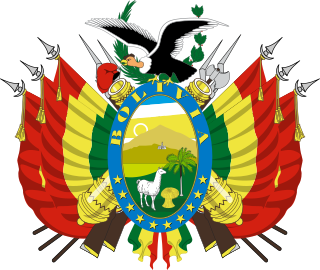
The Foreign Minister of Bolivia is the head of the Ministry of Foreign Affairs. The current minister is Celinda Sosa Lunda, who was appointed by president Luis Arce in November 2023.

Callichromatini is a tribe of beetles in the subfamily Cerambycinae, which include the following genera:

La Democracia, founded on 1 July 1890, was a news daily published by Luis Muñoz Rivera in Ponce, Puerto Rico. It crusaded for Puerto Rican self-government. At a publication length of 58 years, it was the longest continuously-running Puerto Rican Spanish newspaper of its time, and one of the longest continuously running Puerto Rican newspapers of all time.
The Battle of Guadalupe Island, also known as the Battle of Guadalupe, was a naval action that took place off Guadalupe Island, Caribbean Sea, on 8 November 1595, between a Spanish force of five frigates commanded by Don Pedro Tello de Guzmán and Don Gonzalo Méndez de Cancio, and an English squadron of nine ships, during the unsuccessful English military expedition of 1595 against Spain and their possessions, led by Sir Francis Drake himself, Sir John Hawkins and Sir Thomas Baskerville, as the context of the Anglo-Spanish War (1585–1604). The result was a Spanish victory. One of the English ships, the Francis, was captured and the others fled from the battle. Then, knowing Drake's plans, the Spanish flotilla took advantage over the bulk of Drake's fleet, and arrived at San Juan on 13 November, reinforcing the town with 500 soldiers and supplies. The Spaniards organized different artillery positions in strategic locations, and the five frigates were positioned to cover the entrance of the bay with their artillery, awaiting the arrival of Drake. On 22 November, with the defenses completed, the English fleet arrived off San Juan and tried to invade the town. The result was another Spanish victory over Drake's forces.

Saperdini is a tribe of longhorn beetles of the subfamily Lamiinae.

Menesia is a genus of longhorn beetles of the subfamily Lamiinae, containing the following species:

Juan Bautista Alegre y Levantino was a Filipino statesman, a delegate of the first Philippine Independence Mission of 1919 to Washington, D.C., Secretary of the National Committee of the Philippine Independence Commission of 1922, a member of the first Philippine Independence Congress of 1930, and Senator of the Philippines.

















